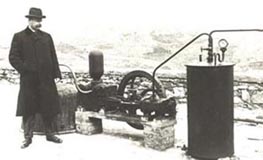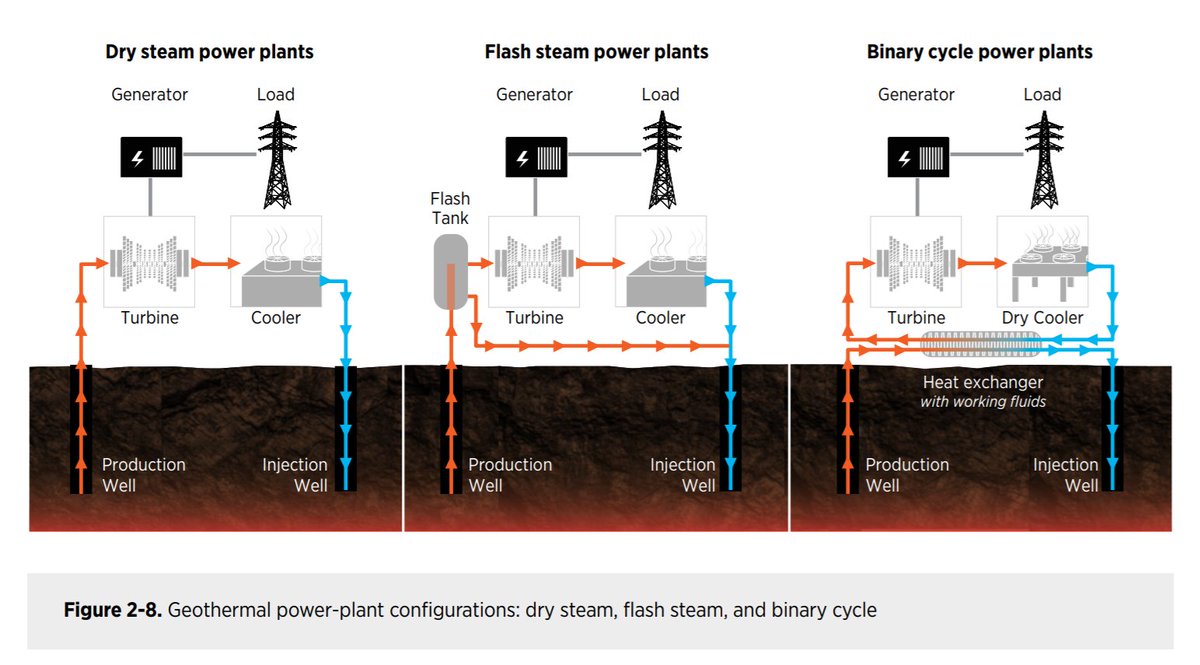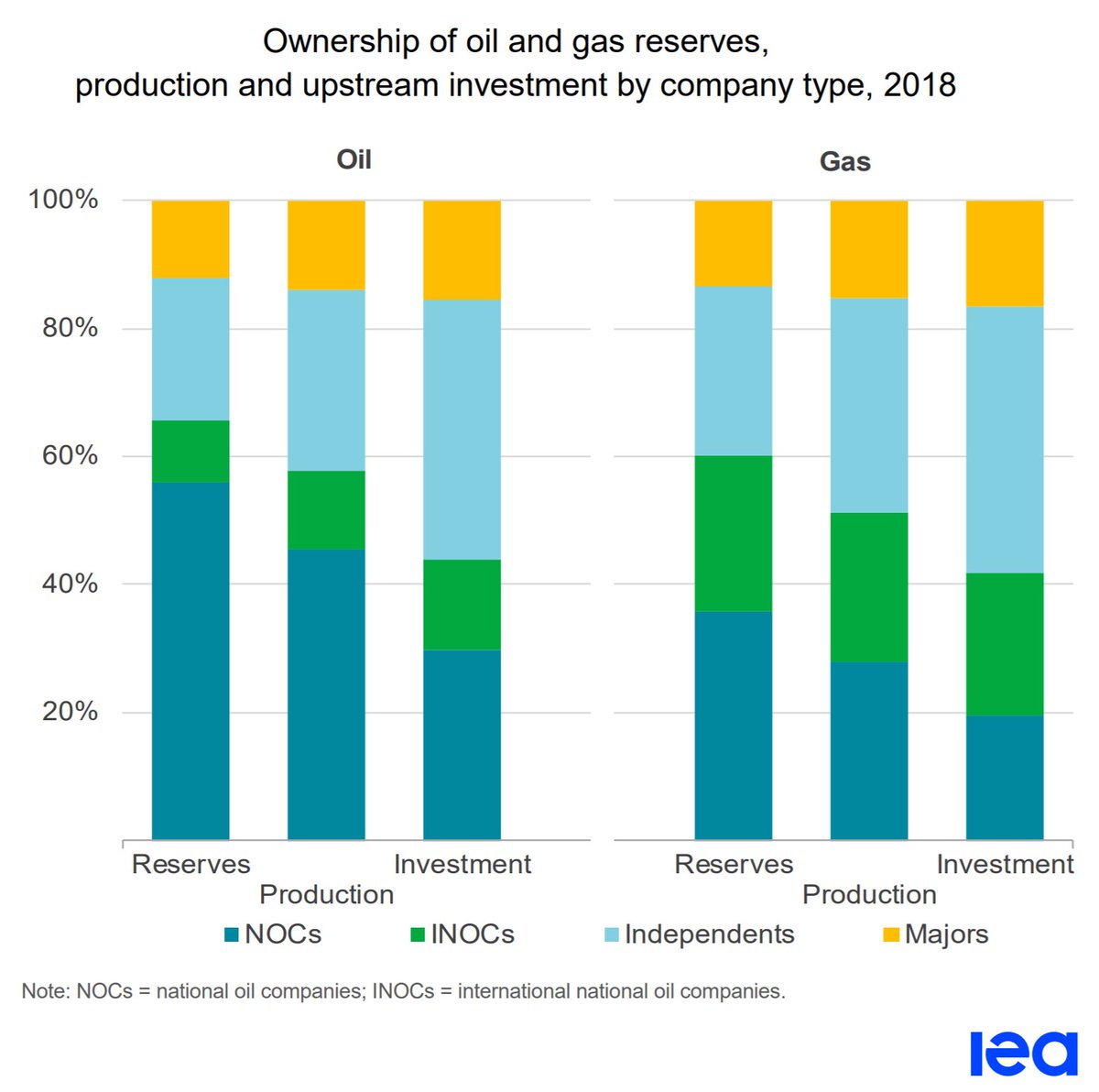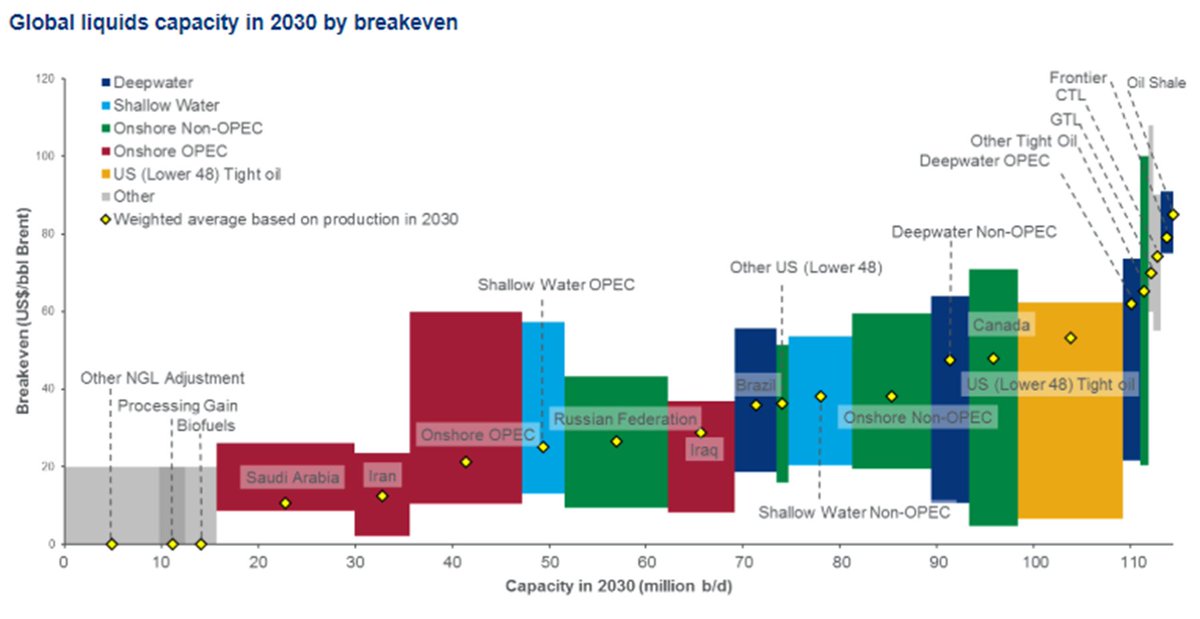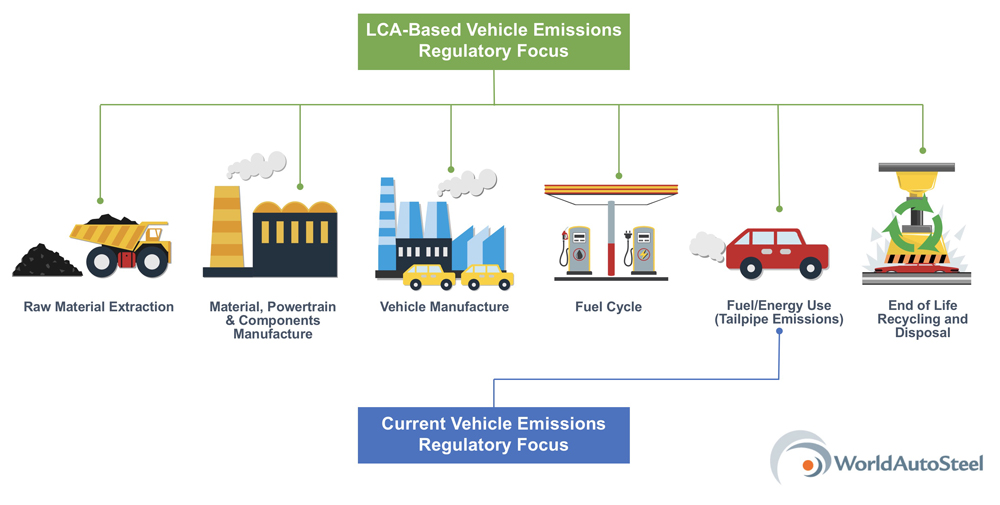
1/Nearly everything we take for granted in the modern world is the result of government funded research and public-private partnerships. @apoorv_bh89 recently laid down this challenge. Challenge accepted.
How the McRib came from gov research, a THREAD:
How the McRib came from gov research, a THREAD:
https://twitter.com/apoorv_bh89/status/1387782416933089286?s=20
2/The weird but true story of the government-backed McRib goes back, way back, to the days of WWII. Supplying soldiers in combat with healthy and tasty food to keep them going in trying conditions has been a challenge for millennia.
3/WWII meant delivering a lot of things, including food, on a size and scale that had never been done before. The military partnered with the private sector to provide better and better options for combat meals. Famously, this produced the M&M. militarytimes.com/off-duty/2016/… 

4/After WWII, the DoD continued funding research on food. By the 1960s, the Food and Container Institute, housed at the US Army Natick Soldier Systems Center, became a sophisticated home for all kinds of advanced food research. militarybase.net/u-s-army-nssc/
5/One of the problems that the Food and Container Institute set out on: what could be done to make less savory cuts of meat more appealing to soldiers? They launched a program on “restructured meat” (an unsavory name) using “meat glue” (even more unsavory). 



6/excerpts above are from Combat Ready Kitchen by Anastacia Marx de Salcedo. amazon.com/Combat-Ready-K…
7/So the original INNOVATION behind the McRib did come from the government, but as any good #EnergyTwitter member will ask, what about the DEPLOYMENT? Or Deployment-led-innovation @jigarshahdc? Well the government had a role there too.
8/The US Government has long maintained industry R&D, called “checkoff” programs, where industries must dedicate a portion of sales to long term initiatives. The National Pork Board, appointed by the Sec. of Agriculture, directs the US pork R&D program. porkcheckoff.org/about/
9/Other researchers began noticing the military innovations, and researchers at the University of Nebraska used funds from the pork checkoff program to develop what would become the McDonald’s McRib. 



10/Like so many other innovations, government funding laid the groundwork for the private sector to take off when the need arose. By the late 1970s, a chicken shortage led McDonald’s to seek out new products, and the McRib was born. retroist.com/the-history-of… 

11/I point this silly example out for a reason: we once spent much more money on R&D than we do today, and we take a lot of the ongoing benefits from that public R&D surge for granted. We need much more R&D funding and public-private partnerships.
https://twitter.com/TimMLatimer/status/1322184356539060226?s=20
12/There are a lot of opportunities right now to expand our R&D footprint and yield more results, like the new DOE Deployment Office. We need this and more, because the benefit of this kind of research is immense.
https://twitter.com/JesseJenkins/status/1400509724282568708?s=20
13/So next time you get in a debate about the role of public R&D, remember the humble McRib. Our modern world is literally built on public R&D spending, and we can build an even better world with more. END. 

• • •
Missing some Tweet in this thread? You can try to
force a refresh





